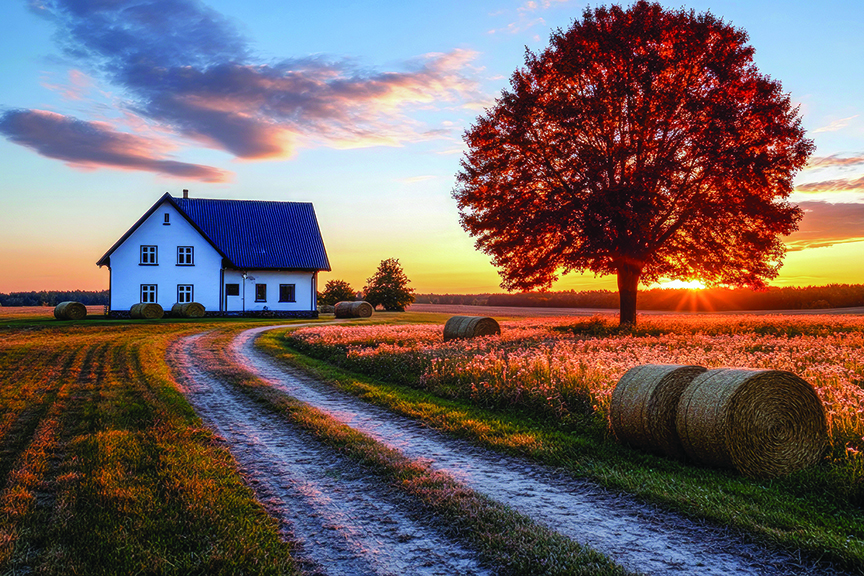Reducing the impact of isolation in rural areas
November-December 2025

One segment of Americans at particular risk of the negative impacts of social isolation and loneliness are select populations who live in rural areas. (photo courtesy Shutterstock)
story courtesy of Family Features
Throughout history, humans’ ability to rely on one another has been crucial to survival. Despite modern developments that help individuals live with minimal human engagement, the need to connect with others remains.
However, in many parts of America, a trend toward isolation is emerging. Over the past two decades, people have been spending more time alone and less time engaging with others in person, according to data from the office of the U.S. surgeon general. One segment of Americans at particular risk of the negative impacts of social isolation and loneliness are select populations who live in rural areas.
“There is an urgent need to take action and improve mental health in rural America,” says Jeff Winton, dairy farmer and founder and chairman of Rural Minds, a nonprofit mental health advocacy organization. “Challenges to mental health can be inherent in a rural lifestyle, including a belief in self-reliance as a virtue, fear of judgment and difficulty getting an appointment with a limited number of mental health professionals, among others.”
ISOLATION IN RURAL AMERICA
Compared to people who live in urban areas, many rural Americans experience higher rates of depression and suicide, but are less likely to access mental healthcare services, according to a recent study published in Clinical Advisor. What’s more, CDC data shows suicide rates among people living in rural areas can be 64%-68% higher than those in large urban areas.
Rural areas have 20% fewer primary care providers compared to urban areas, according to a report in JAMA, and the Health Resources and Services Administration reports that more than 25 million rural Americans — more than half of rural residents — live in mental health professional shortage areas.
Among rural counties, 65% lack a psychiatrist. Nearly 30% of rural Americans don’t have internet access in their homes, which complicates the option for telehealth. These figures from Rural Minds exemplify the challenges facing rural America.
“Some people in rural communities still don’t understand or accept that mental illness is a disease,” says Winton, who grew up on a rural farm. “Rather, a mental illness can often be viewed as a personal weakness or character flaw. A lot of the stigma around mental illness results in unwarranted shame, which adds to the burden for someone already suffering from mental illness.”
HEALTH IMPACTS OF SOCIAL ISOLATION
Loneliness is far more than just a bad feeling; it harms both individual and societal health. In fact, loneliness and social isolation can increase the risk for premature death by 26% and 29%, respectively. Lacking social connection can increase the risk for premature death as much as smoking up to 15 cigarettes a day or drinking six alcoholic drinks daily.
In addition, poor or insufficient social connection is associated with increased risk of disease, including a 29% increased risk of heart disease and a 32% increased risk of stroke.
Social isolation is also associated with increased risk for anxiety, depression and dementia. Additionally, a lack of social connection may increase susceptibility to viruses and respiratory illness.
Learn more about the impact of social isolation, especially on residents of rural areas, and the steps you can take to reduce isolation and loneliness by visiting ruralminds.org.
